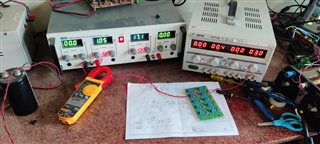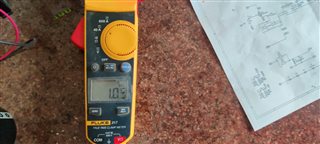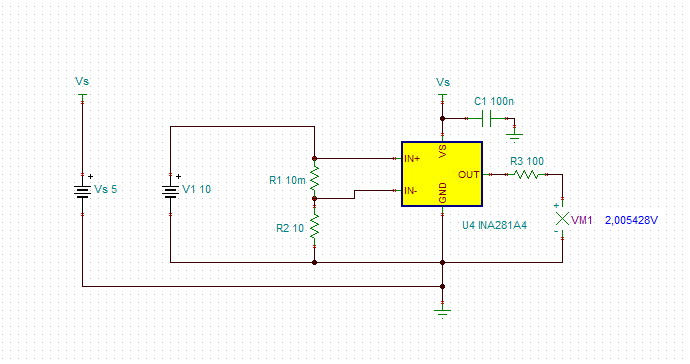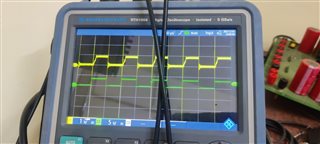Other Parts Discussed in Thread: INA281, INA241B, INA296B
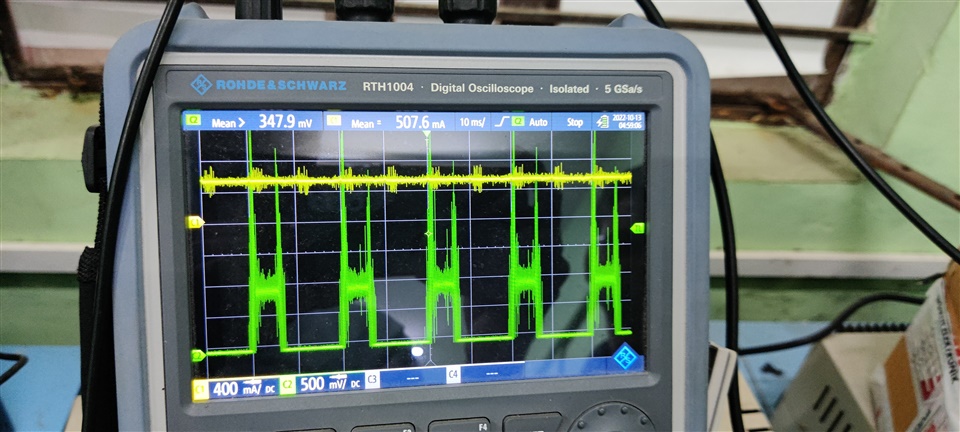

Dear Community,
I had bought a INA281EVM board recently for testing of the INA281B4 IC for my application. However I have encountered the following problems:
1. The DC measurements are not linear.
2. The DC current measurements give a pulsed output of some specific frequency with a lot of noise. I am not able to debug the issue.(image attached)
Thanks,
Ashwin K


